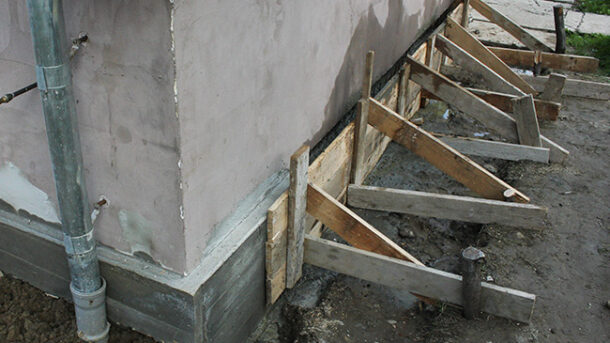A slab foundation is a flat piece of concrete on which your home sits, eliminating the need for floor joists and significantly cutting utility costs.
To build a slab, footings must first be dug at specified depths below the frost line and forms placed around them to create stem walls before reinforced concrete can be poured over it. Find out the best Underpinning Melbourne services.
Cost
Construction of a concrete slab foundation typically ranges between $4 to $8 per square foot depending on its location and site conditions, including labor, materials and equipment costs. Should builders need to bolster soil by adding more base material or take other precautions against ground movement, then additional expenses will arise.
Monolithic slabs, in which all the concrete is poured at once, tend to cost less due to their simplicity; however, these may not be suitable in areas with seismic activity or flood plains.
Lack of space beneath a home increases plumbing costs as pipes need to be buried underground, making repairs more complicated. Furthermore, temperature control can become difficult since ductwork runs along the ground floor; in certain climates vapor barriers may help lower heating bills while protecting against mold and termite nesting sites and saving on mold treatments and preventive measures – creating considerable savings across certain regions of the U.S.
Durability
Slab foundations tend to outlive their crawl space counterparts. If the land on which they rest has been graded appropriately to channel moisture away from where the house will sit, this type of foundation can provide greater resilience against ground shifting over time.
An additional advantage of slab foundations is that there’s no room under them for mold to grow or insects to nest, offering protection from termites or any other bugs who might gain entry through a crawl space in a home with framed floors. Concrete also acts as an effective barrier between termites and other insects from accessing your home through crawl spaces underneath framed floors and termite infestation.
However, one disadvantage of a slab foundation is that gas and water lines must be embedded into the concrete, making repairs costly if one starts leaking. Furthermore, heating/AC ducts must pass through the ground-floor ceiling, taking away space that would be better utilized as living space.
Mold and Termites
Home built on concrete slab foundations do not feature basements or crawlspaces, leaving them susceptible to termite infestation. Slab houses tend to feature more expansion joints, cracks, and wooden structural members connecting to them than homes with crawlspaces; these openings give termites access to enter. A professional can apply liquid pesticide beneath these homes in order to create an chemical barrier against termites from accessing it.
A slab foundation can also be vulnerable to moisture and drainage issues, so the soil beneath must be graded and separated from the concrete with a plastic barrier in order to prevent moisture, mold and mildew issues that lead to framing rot in your house. Furthermore, as heating/ac ductwork runs along its ground-floor ceiling in these houses, additional insulation will need to be added in order to achieve an ideal indoor temperature level.
Crawl Space
Concrete slab foundations allow homes to be built closer to the earth’s surface, which helps make them more accessible for people with mobility issues and can reduce energy costs associated with heating and cooling.
Crawl space foundations often require ventilation or other measures to regulate moisture levels beneath the home and avoid mold, mildew and pests from colonizing it. A crawl space may also cause wood floor joists to rot, weakening its foundation further.
Concrete slab foundations don’t require wooden floor joists, making the construction of your new home less costly – in some cases this can save homeowners thousands.
Due to being embedded within the concrete slab, gas and water lines can be hard to access for repair or replacement when they require servicing, usually necessitating breaking through foundation walls with a jackhammer; an expensive and time consuming endeavor.




